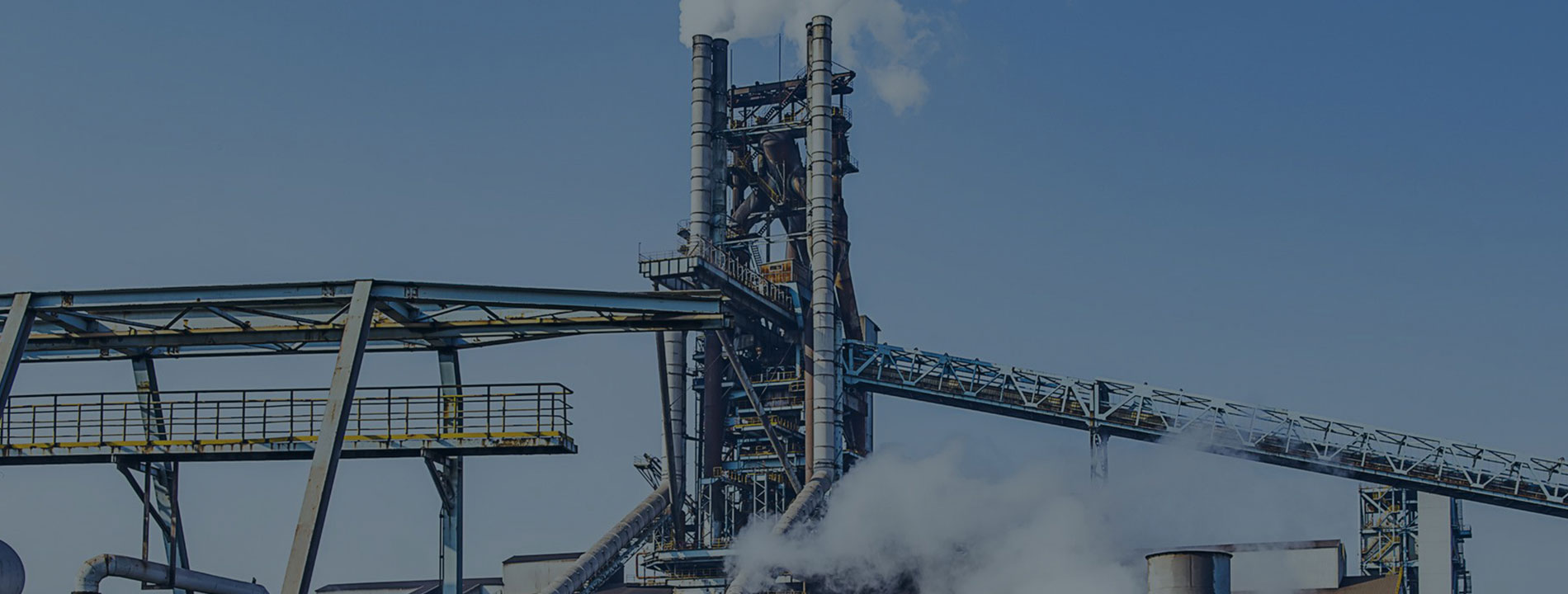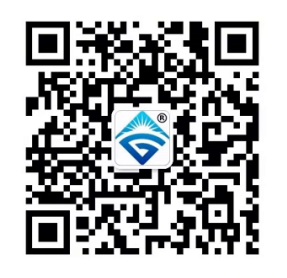

The working principle of weighing load cells includes two basic types of structures: linear and rotational (disk-shaped). weighing load cells consist of sliders and fixed lengths (linear type) or rotors and stators that can move relative to each other (rotational type). So how do we choose weighing load cells?
There are many factors to consider when choosing weighing load cells, and in practical use, we mainly consider the following factors. In addition, the sensitivity, division number, calibration division value, etc. of weighing load cells are also indicators that must be considered when selecting sensors.
Weighing load cells are actually devices that convert mass signals into measurable electrical signals. When using sensors, we must first consider the actual working environment of the sensors, which is crucial to the correct selection of sensors. It relates to whether the sensors can work normally, their safety and service life, and even the reliability and safety of the entire balancer.
In general, high temperature environments can cause problems such as melting of coating materials, opening of welds, and structural changes in elastic bodies. Dust and moisture can cause short circuits in sensors. In high-corrosion environments, sensor elastic bodies can be damaged or short-circuited. The electromagnetic field can interfere with the sensor output. We must choose the corresponding sensor under the corresponding environmental factors to meet the necessary weighing requirements.
The selection of sensor quantity is determined according to the purpose of the electronic balancer and the number of points that the scale body needs to support (the number of support points should be determined according to the principle that the geometric center of the scale body and the actual center of gravity coincide). Generally, as many sensors as the number of support points of the scale body are selected. The range of weighing load cells can be determined based on the weighing value of the scale, the number of sensors used, the self-weight of the scale body, and the comprehensive evaluation of the possible offset and dynamic loads. Generally speaking, the closer the range of the sensor is to the load assigned to each sensor, the higher the accuracy of the measurement. However, in practical use, due to the existence of loads such as the self-weight, tare weight, offset load, and vibration impact on the sensor, when selecting the sensor, many factors must be considered to ensure the safety and service life of the sensor.
The choice of sensor form mainly depends on the type of weighing and the installation space to ensure proper installation and safe and reliable weighing; on the other hand, it should consider the manufacturer's advice. For force sensor manufacturers, they generally specify the load-bearing conditions, performance indicators, installation forms, structural forms, and elastic body materials of the sensors. For example, aluminum alloy cantilever beam weighing load cells are suitable for electronic pricing scales, platform scales, and case scales; steel cantilever beam weighing load cells are suitable for electronic belt scales, sorting scales, etc.; steel bridge sensors are suitable for rail scales, truck scales, etc.; column-type weighing load cells are suitable for truck scales, dynamic rail scales, large-tonnage hopper scales, etc.
The accuracy level of weighing load cells includes technical indicators such as sensor nonlinearity, creep, repeatability, hysteresis, and sensitivity. When selecting, we should not blindly pursue high-level sensors but consider the accuracy level and cost of the electronic balance. Generally, the total accuracy using a frequency conversion sensor is slightly higher than the accuracy of the scale, which is the root-mean-square value of the sum of the three indicators of nonlinearity, repeatability, and hysteresis.
TG Load Cells, a well-trusted and well-experienced weighing load cell company from China, manufactures high quality, high precision, high stability weighing load cells for worldwide customers. Welcome to get quotes for your applications.

86-552-4923688
No. 118, Jiahe Road, High-Tech Zone, Bengbu, Anhui, China
 English
English 日本語
日本語 한국어
한국어 français
français Deutsch
Deutsch Español
Español italiano
italiano português
português العربية
العربية tiếng việt
tiếng việt ไทย
ไทย